-
Home
-
Contributors
-
International
-
Account
-
Information
More From Contributor
- Memory
- 16 GB: 2 x 8 GB
- DIMM 240-pin
- DDR3
- 1600 MHz / PC3-12800
- CL11
- 1.5 V
- unbuffered
- ...
Size: ...
Crucial CT2KIT12864AA667 2GB Kit (2x1GB) DDR2 667MHz/PC2-5300 Memory
Non-ECC Unbuffered CL5 Lifetime Warranty
other. 240-pin DIMMs are used to provide DDR2 SDRAM memory for desktop computers. DDR2 is a leading-edge generation of memory with an improved architecture that allows it to transmit data very fast.
- External links may include paid for promotion
- Availability: In Stock
- Supplier: Ebuyer Business
- SKU: 106133
Product Description
Micron Technology is one of the world's leading providers of advanced semiconductor solutions. Micron's DRAM & Flash components are used in today's most advanced computing, networking, & communications products, including computers, workstations, servers, cell phones, wireless devices, digital cameras, & gaming systems. Micron's mission is to be the most efficient & innovative global provider of semiconductor solutions. A dual inline memory module (DIMM) consists of a number of memory components (usually black) that are attached to a printed circuit board (usually green). The gold pins on the bottom of the DIMM provide a connection between the module & a socket on a larger printed circuit board. The pins on the front & back of a DIMM are not connected to each other. 240-pin DIMMs are used to provide DDR2 SDRAM memory for desktop computers. DDR2 is a leading-edge generation of memory with an enhanced architecture that allows it to transmit data very fast.
Reviews/Comments
Add New
Intelligent Comparison
Price History
Vouchers
Do you know a voucher code for this product or supplier? Add it to Insights for others to use.


 United Kingdom
United Kingdom
 France
France
 Germany
Germany
 Netherlands
Netherlands
 Sweden
Sweden
 USA
USA
 Italy
Italy
 Spain
Spain










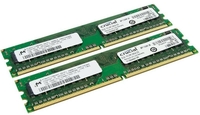



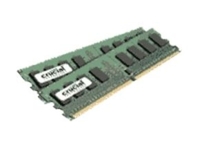
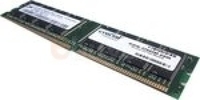

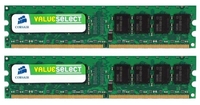

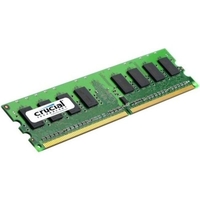

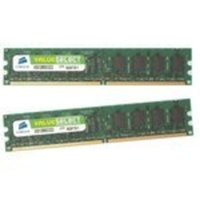
 Denmark
Denmark